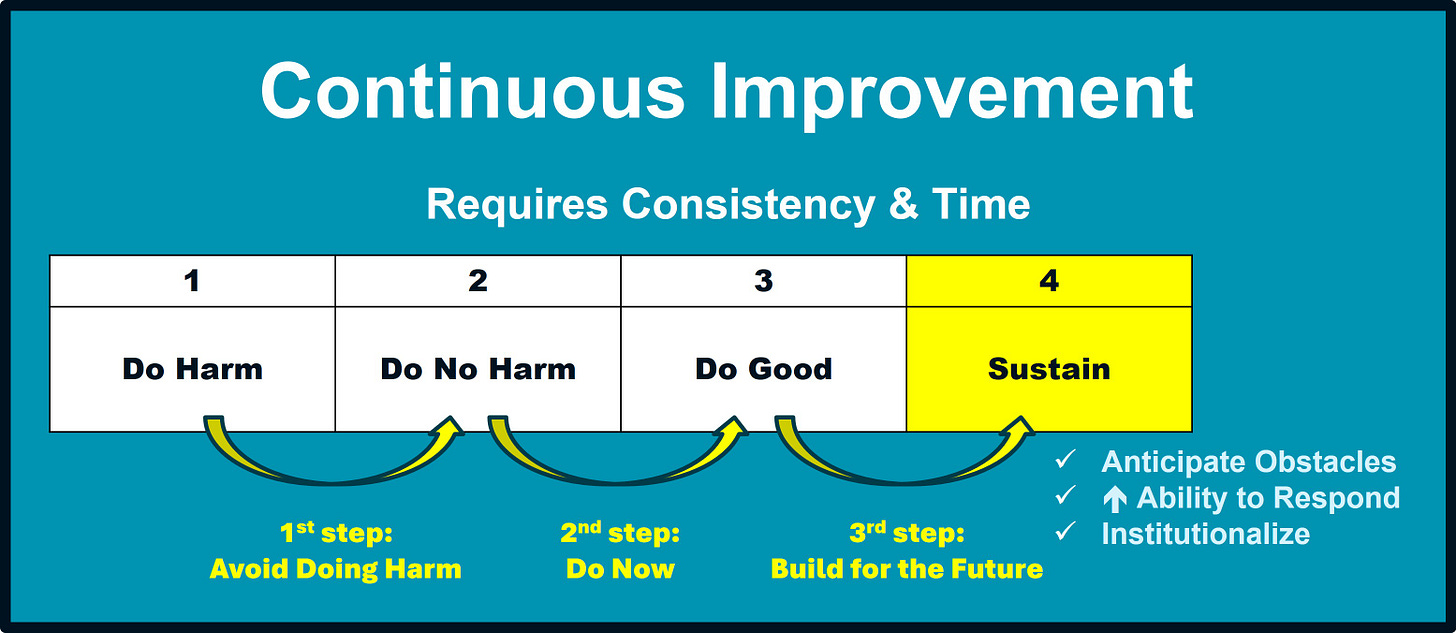In a recent online conversation with data researcher Todd Johnson, Todd shared the latest data on the student achievement of Washington State school districts on our state’s English language arts and mathematics tests. This data indicated the number of students meeting two performance levels: “grade level (Level 2)” and “college ready (Level 3 and 4),” the latter signifying students’ preparedness for potential college admission post-high school. The dataset also included demographic information, specifically the percentage of students qualifying for free and reduced meals.
I was intrigued by the interaction between student demographics and student achievement. In most states, there is a predictable relationship between the two: districts with lower poverty rates typically have higher student test scores. This is not to imply that demographics determine destiny. In fact, many factors can enable districts to outperform predicted levels of performance, and we should learn what those factors are that can make a difference.
In our conversation Todd and I discussed the potential use of student data to encourage state and district policymakers to focus on (and learn from) those “outlier” districts that consistently beat the odds. Of particular interest to me, given research reports (See notes at bottom) that indicate school boards do have an effect (positive and/or negative) on student achievement, is to study the boards of outlier districts in Todd’s data.
School boards significantly influence student achievement when their governance practices prioritize student well-being alongside accountability and collaboration. By examining Washington’s highest-achieving schools and those that exceed expectations, boards can implement strategies that not only enhance outcomes but also establish enduring systems of support for all students. By establishing a clear vision, utilizing data for decision-making, and fostering community involvement, school boards can strive to ensure every student has the chance to thrive, acknowledging the importance of their overall well-being for academic success.
I recommend that boards take three strategically important steps to improve school board effectiveness, based on research into effective boardsmanship and governance practices:
Avoid doing harm - Avoiding board action shown by research to be harmful. There are many ways a board can negatively impact student achievement. Examples:
Board makes excuses for students’ low scores based on student demographics.
Frequent superintendent turnover due to board infighting and instability.
Board-directed activity (how to do tasks) rather than results to be achieved.
Do good now - Taking action shown by research to have a positive impact. There are identifiable behaviors that have a positive effect on student achievement. E.g.:
Board establishes and enforces clear boardsmanship protocol in meetings.
Board establishes expected student outcomes and monitors results regularly.
Sustain for the future - Institutionalizing actions to sustain positive impact. E.g.:
Board schedules and attends ongoing professional development.
Board adjusts strategic plan on the basis of data and community input.
Board memorializes their governance mindset and approach in policy.
The above are just a few of many examples for what to avoid, what to do, and what it takes to sustain effective practices. There are many more in a report from the Center for Public Education, arranged in eight areas: (1) Vision of high expectations and clear goals; (2) Shared beliefs and values about students’ ability to learn and educators’ ability to teach; (3) Focus on accountability (vs. operational matters); (4) Relationships with staff and community; (5) Using data for continuous improvement; (6) Alignment of resources and professional development with goals; (7) Teamwork with the superintendent based on role clarity; and (8) Board development to support improvement efforts.
Reference:
Dervarics, C. and O’Brien, E. (2011) Eight Characteristics of Effective School Boards. Center for Public Education.
Here are some more reports of research into board member individual (boardsmanship) behavior and whole-board characteristics including their knowledge, their dispositions, and their skills leading to collective (governance) behavior that adds lessons about what to avoid, what to do, and how to sustain improvements:
Goodman, R.H., Fulbright, L., and Zimmerman, W.G. (1997). Getting There from Here: School Board-Superintendent Collaboration Creating a School Governance Team Capable of Raising Student Achievement. Arlington, VA: Educational Research Service and New England School Development Council.
Goodman, R.H., and Zimmerman, W.G. (2000) Thinking Differently: Recommendations for 21st Century School Board/Superintendent Student Achievement. Arlington, VA: Educational Research Service and New England School Development Council.
Gvist, L.A. (2024). The Lighthouse Project: Shining the Light on How Boards Can Make a Significant Difference in Student Learning. Des Moines, IA: Iowa School Boards Foundation.
Lee, D. & Eadens, D. (2014) The Problem: Low-Achieving Districts and Low-Performing Boards.
Lorentzen, I. (2013) Why Boardsmanship Matters: Research Shows that School Boards Do Impact Student Achievement.
Marzano, R., and Waters, J.T. (2006). School District Leadership That Works: The Effect of Superintendent Leadership on Student Achievement. Mid-Continent Research for Education and Learning.



